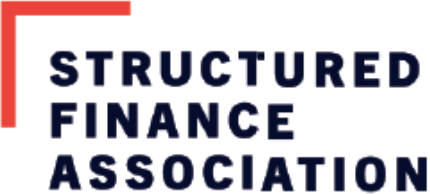
Housing Finance
The $33 trillion housing market relies on well-regulated sources of private capital and public funding in order to ensure stability and liquidity for borrowers, lenders, and investors.

Overview
Our nation’s housing finance system is comprised of an entire ecosystem of lenders, originators, aggregators, servicers, rating agencies, diligence providers, trustees, bond investors and whole loan purchasers who all play an integral role in ensuring that borrowers are able to access mortgage funds throughout the credit cycle.
SFA is working to ensure that a dynamic market—including public funding sources as well as private capital—works to the benefit of borrowers, provides well-defined guardrails for market participants, and protects taxpayers from future losses.
Publications & Resources
SFA Submits Letter to FHFA on Freddie Mac Proposal to Purchase Closed-End Second Mortgages
May 23, 2024

News
12 FHA Policies Rescinded by HUD
On July 1, the U.S. Department of Housing and Urban Development (HUD) announced the rescission of 12 Federal Housing Administration (FHA) policies. These recissions – spanning from…
WSJ: Home Prices Fall Below Previous Purchasing Price
Some homeowners in pandemic boomtowns are finding themselves ‘underwater’ according to the Wall Street Journal, as the value of their homes fall below the original purchase…
Home Affordability Remains Slightly Out of Reach for U.S. Borrowers
The housing market is experiencing some reprieve as the housing supply increases, with existing home sales increasing 0.8% in May. However, high prices and high interest…
Speculation Continues to Surround GSE Privatization
With President Trump recently weighing in on social media regarding the privatization of Fannie Mae and Freddie Mac, policymakers – including FHFA Director Bill Pulte,…
Senate Democrats Send Letter to FHFA Director Pulte
On June 5, Senate Democrats sent a letter to Federal Housing Finance Agency (FHFA) Director Bill Pulte outlining their concerns regarding GSE privatization and detailing…









